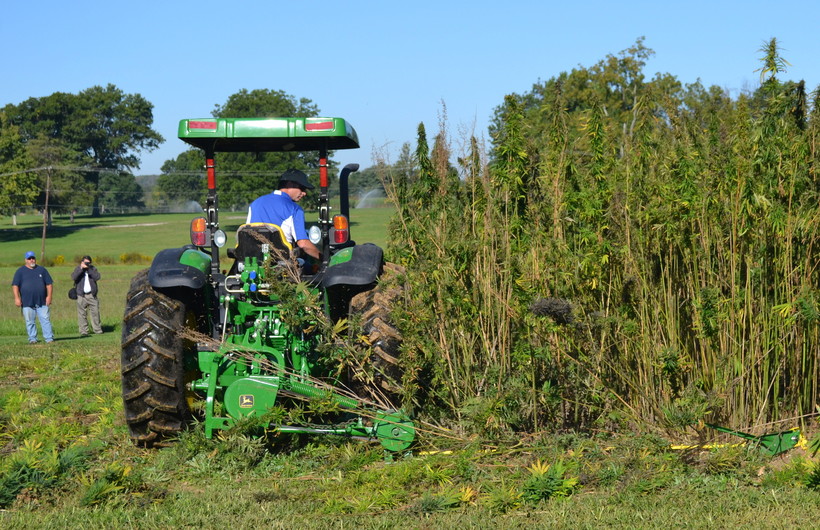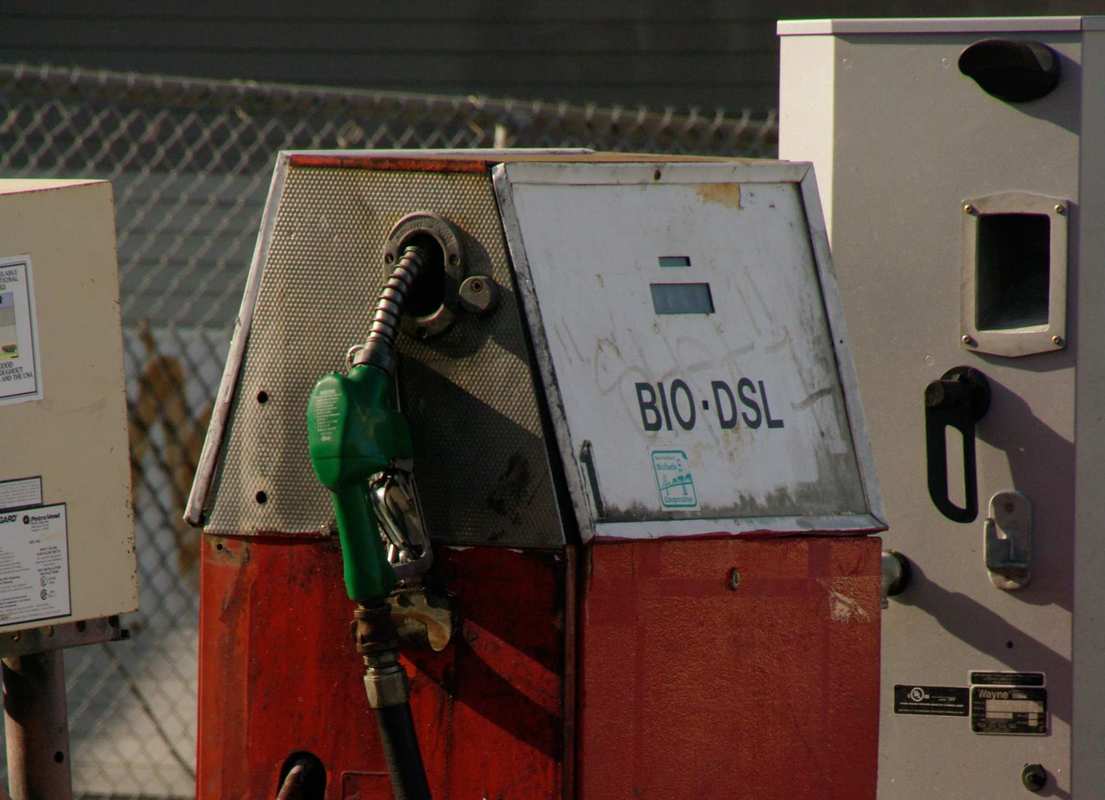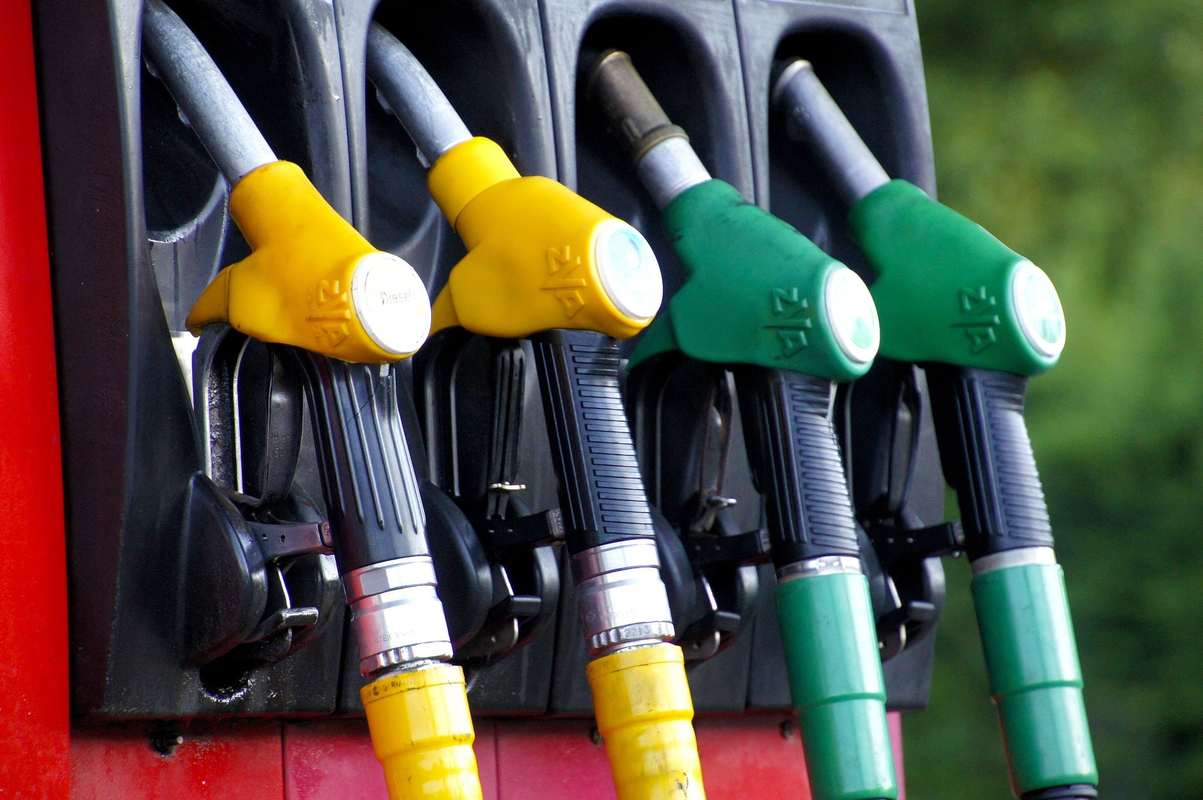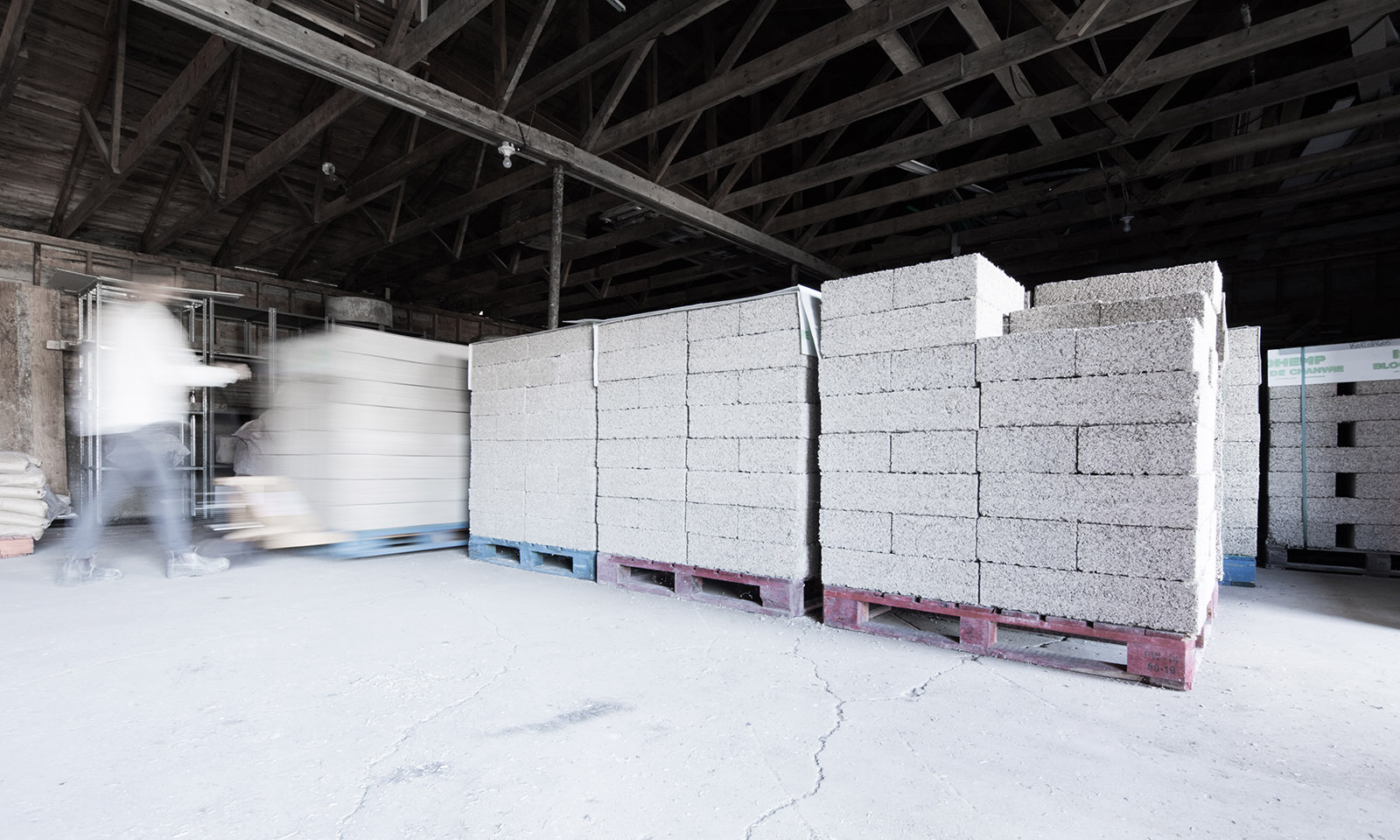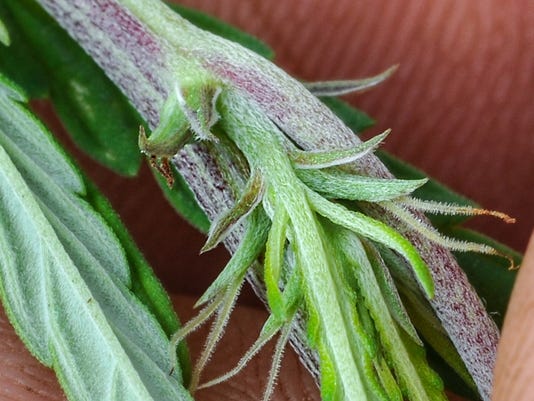Source: orlandosentinel.com
Hemp is making headlines, and interest in it is growing. National hemp legalization has brought together Senate GOPleader Mitch McConnell and his Democratic counterpart, Chuck Schumer, to advance a bill. Florida is among 30 states authorized to conduct research pilot projects on growing and selling hemp. To find out more what’s called “industrial hemp” could mean for the state’s agricultural future, the Orlando Sentinel Editorial Board sought out Zachary Brym, an assistant professor of agroecology for the University of Florida Institute of Food and Agricultural Sciences’ Tropical Research and Education Center in Homestead.
Q: What exactly is industrial hemp? What’s the origin of hemp, and how has it been used through the ages? What consumer uses or agricultural applications can it have today?
A: Industrial Hemp is a Cannabis sativa plant with less than 0.3 percent of THC, which is the psychoactive chemical that at a higher level defines marijuana. Hemp has been cultivated for more than 10,000 years as a fiber and grain crop. Modern hemp production could be used for fiber, building materials, forages to feed cattle, food products for people, and oil extraction for CBD.
Q: What’s the difference between hemp and marijuana?
A: Good question. Both hemp and marijuana are Cannabis sativa. But hemp is not marijuana. It really comes down to a difference in chemical composition and use. THC is the chemical in marijuana that is credited for causing the marijuana high. Marijuana has a THC content of 5 percent to 20 percent, whereas hemp is defined by a threshold of THC less than 0.3 percent. In contrast, hemp has a higher CBD content. The specific uses for THC, CBD, and other cannabinoids are still under investigation, but hemp can be used for much more as I listed before.
Q: Why try to grow hemp in Florida? McConnell seems to believe it can be Kentucky’s cash-crop equivalent of tobacco.
A: We’re certainly not the first, but we hope to establish ourselves as a leader. Florida has a potential advantage in environment, from water availability and warmer weather, and in markets. It can turn out to be a valuable and impactful alternative crop for the state. Yet, before we can encourage farmers to grow hemp, we have to do some preliminary trials of the crop and the cropping system. Consequently, we are collaborating with industry groups and stakeholders to assess the economic break-even point for farmers and identify commercialization opportunities for industry.
Q: How do you know hemp can be a valuable Florida crop? Are there standards in place?
A: Another good question. This is exactly what we hope to find out in the first couple years of our research program. We have to identify the varieties and cropping systems that can be effective for Florida and establish a process for getting quality products to market. As we’re the first to do this in Florida, we have to work together with state and federal regulators and prospective industry partners to put the standards in place that are required for commercialization. If there is one way that we know hemp can be a valuable Florida crop, it is by the remarkable enthusiasm that we have seen in growers and the processing industry. We have a lot of support from them to do this work and will do everything we can to deliver.
Q: What is UF’s “strategic plan” for hemp as a Florida crop?
A: Our plan is to develop a strong program that gets the best available information to the growers and industry groups in a reasonable timeline so they can get to work. We plan to get plants in the ground at UF in the spring 2019. Then, we have a two-year window from planting to make a report to the state about what we think happens next. We are moving along well with getting the project underway with approval from the UF Board of Trustees, federal and state legislation. We hope to establish the first industry sponsorship for the project in the next couple of weeks. A team of seven faculty members based in Gainesville and at research centers across the state will focus on various aspects of hemp production, including variety selection, cropping-system establishment, and environmental responsibility. Research plots will be established in four different locations across the state to capture the range of environments and farming infrastructure in Florida.
Q: Is there any oversight from the U.S. Drug Enforcement Administration or state agency about the pilot program?
A. Yes. As we understand it currently, the DEA will be regulating and monitoring the seed import and distribution related to the project. The Florida Department of Agriculture and Consumer Services is responsible for regulating the planting sites. We have submitted applications for licensing and permitting to the DEA and FDACS and continue to make progress. This has been a great learning experience for our administrative team about establishing a new crop in the state. We feel fortunate to be working with very kind and thoughtful officers at DEA and FDACS. It’s really about having a conversation and figuring out how we can get our work done in this new space.
Q: As Florida’s new hemp research coordinator, what’s your background?
A. I hold a Ph.D. in ecology from Utah State University with specialization in crop physiology and cropping systems. I am an agroecologist by training and am interested in developing new cropping systems through rigorous experimentation and trialing. My background gives me the tools to establish best management practices, environmental consciousness and social responsibility that is needed for a new industry in a new place. I am very excited for this opportunity to work with hemp.

